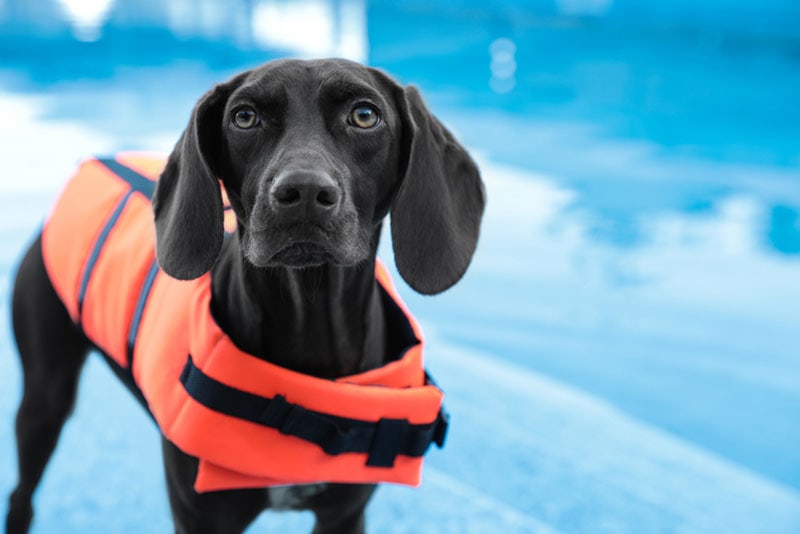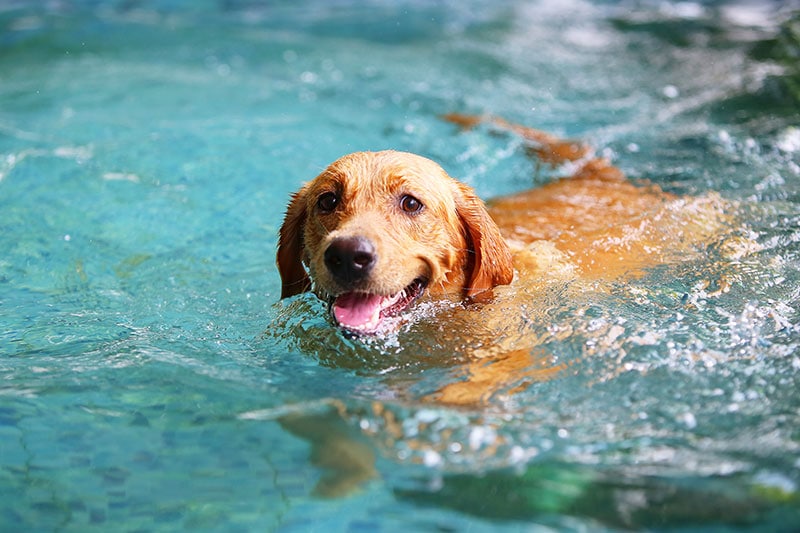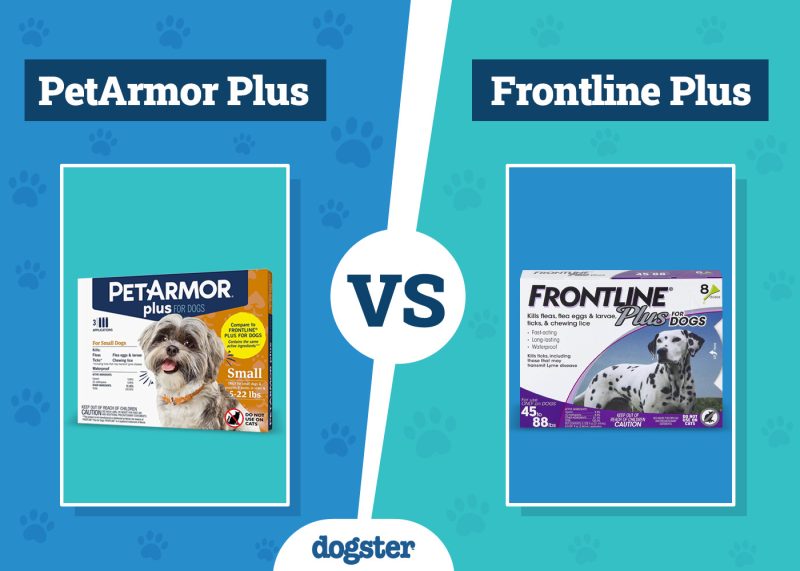In this article
It’s a common assumption that all dogs are natural swimmers, an idea largely influenced by the well-known “dog paddle” swim style. However, this isn’t the case for every breed. The truth of the matter is that not all dogs are born swimmers.
Indeed, a dog’s ability to swim depends on several variables, including its breed, physical attributes, and individual comfort level with water. To provide a clearer understanding of dogs and their aptitude for swimming, we will delve into the nuances of different breeds and engage in a detailed discussion on this topic.

What Breed of Dog Can’t Swim?
Dogs’ ancestral roles significantly impact their affinity toward water. Some breeds, such as Labrador Retrievers or Nova Scotia Duck Tolling Retrievers, were developed for jobs in and around water, like retrieving water birds for hunters.
These breeds have a physical structure that makes them excellent swimmers, and they typically enjoy frolicking in the water.
But what about dogs that can’t swim well? These are often breeds that have specific physical attributes, like short-legged or long-bodied dogs. Due to their design and build, they tend to struggle in the water.
It’s true that these breeds might not be natural swimmers, but that doesn’t mean they can’t learn to swim. With proper equipment and preparedness—life vest, swimming lessons, etc.—they can comfortably and safely navigate water bodies.

Dog Life Jackets and Vests Are Crucial
No matter the breed or its inherent swimming ability, a dog life jacket or a vest is always a good idea. These flotation devices help the dog float and keep them visible in the water while making them feel more secure and confident in their swimming.
When purchasing a flotation device, make sure it fits comfortably and securely. Remember, the first experience with water should be fun and not scary for your dog.
Throwing a puppy or young dog into the water can cause lifelong fear and discourage them from swimming. It goes without saying, but never do this. Instead, take a slow, gradual approach.

Tips for Teaching Your Dog to Swim
When teaching your dog to swim, the goal should be to create a positive, rewarding experience. You can do this by encouraging your dog to enter the water voluntarily, preferably while wearing a life vest. As we just covered, never drag or force your dog into the water.
Dogs learn by observing. If possible, let your dog watch another dog that is already a confident swimmer. This can help your pet see that the water can be fun.
Start in shallow water and let your dog gradually acclimate to the feeling of being wet. As your dog becomes comfortable, encourage gradual movement into deeper water.
Use positive reinforcement such as praise or treats to make the experience enjoyable. Remember to teach your dog how to exit the water safely. This is as crucial as learning how to swim.


Keeping Your Pet Healthy and Safe in Water
Maintaining your pet’s safety in water is just as crucial as maintaining it out of water. Responsible pet parents know the basics of everyday dog care, but what about when swimming? Here are several factors that need to be considered:
Never Leave Your Dog Unattended Near Water
No matter how proficient your dog is at swimming, you should never leave them unsupervised near water bodies. Unexpected circumstances, like a sudden cramp or becoming entangled in underwater debris, can lead to dangerous situations.
Use a Life Vest
We discussed this already, but it bears repeating. Even strong swimmer dogs can get tired, especially in moving water or when they’ve been swimming for a while. Using a life vest can provide an extra safety buffer.
Teach Dogs How to Exit the Water
If you have a pool, make sure your dog knows how to get out safely. Teach them the location of the stairs or the ramp and practice regularly so that they can exit quickly in case of an emergency.

Rinse Your Dog After Swimming
Whether your dog has been swimming in a pool or natural water bodies, it’s essential to rinse them off afterward. Chlorine from pools and bacteria or parasites from natural water can irritate your dog’s skin and cause illness.
Provide Fresh Drinking Water
It might be easy to associate swimming with hydration, but that couldn’t be further from the truth. Dogs can indeed become dehydrated while swimming. Make sure to provide fresh drinking water and prevent them from drinking from the pool or ocean, which can lead to an upset stomach or more severe health issues.
But that’s not all pet parents need to consider. It’s equally important to be aware of water toxicity, a condition that occurs when a dog swallows too much water while swimming. To prevent this, limit swimming sessions to no more than 10 minutes.
Be Cautious of Water Temperature
Both overly hot and cold water can pose risks to your dog. Cold water can lead to hypothermia, while hot water can cause overheating or burns.
Know Your Dog’s Limits
Each dog has its own endurance level. Watch for signs of fatigue, such as heavy panting, difficulty staying afloat, or loss of coordination. If you notice these signs, it’s time for your dog to take a break.

Beware of Dangerous Creatures
If you’re at a beach or a lake, be aware of potentially dangerous creatures such as jellyfish, stingrays, or even crocodiles in certain regions (yes, croc attacks happen more often than you think!). Always research the area’s wildlife before allowing your dog to swim.
Regular Vet Checkups
Regular checkups can ensure your dog is healthy and capable of swimming. Certain health conditions may not be visible to the naked eye but could affect your dog’s ability to swim or their recovery after swimming.
Remember, safety should always be your priority when your dog is near or in water. Even if your dog is an excellent swimmer, accidents can still happen, so it’s always better to be prepared and take precautions.

Summary
It’s essential to debunk the myth that all dogs are natural-born swimmers. While certain breeds are more predisposed to water, others may struggle due to their physical attributes. However, with the right training, equipment, and precautions, even breeds that aren’t natural swimmers can learn to enjoy and safely navigate through the water.
Featured Image Credit: Wasitt Hemwarapornchai, Shutterstock



















